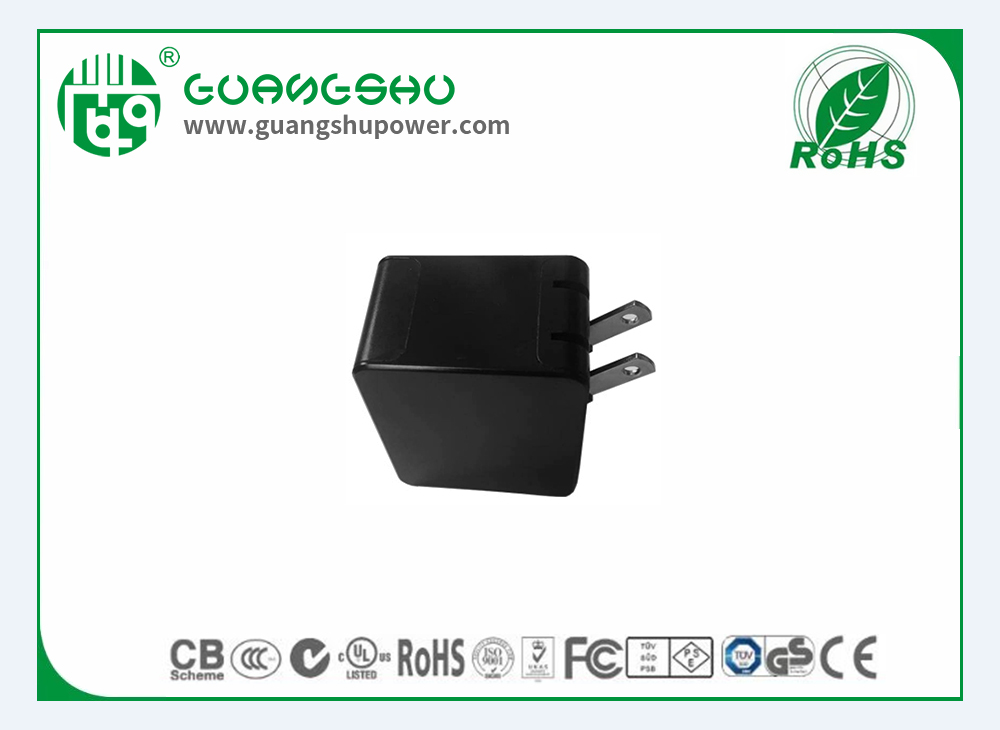Time:2024-09-09 Views:0

The relationship between battery capacity and charger theoretically means that the smaller the charging current, the better the battery performance. If the charging time is too long, it will definitely be unfriendly to users. Therefore, the general standard for charging is 0.1-0.2c. Here, C is the rated capacity of the battery. Taking a battery with a capacity of 10000mAh as an example, the charging current is 2000mA. In theory, it can be fully charged within five hours, with capacity MAH=current MAH * time h. But in reality, in order to protect the battery, battery charging is also divided into three stages: constant current charging, constant voltage charging, and wire current charging. Therefore, the actual charging time is greater than 5 hours or slightly greater than 6 hours. The calculation method for battery charging time: Divide the battery capacity by the charging current, and then multiply by a coefficient of 1.2-1.1. The unit of time is the hour.
Perhaps you don't understand why constant current charging, constant voltage charging, and wire current charging are used to charge batteries. Isn't this a waste of time? Let's introduce these three charging stages, and you will understand the secrets behind them.
Constant current charging is a charging stage where the charging current remains constant and the charging voltage increases approximately linearly. If charged directly with a current of 0.1-0.2c, even without other accidents, the battery life will be shortened due to excessive heating during charging. Therefore, at the beginning of constant current charging, the charging current remains constant and the charging voltage increases approximately linearly, extending and protecting the battery's service life.
Constant voltage charging has different charging voltages according to different voltage levels. Therefore, you cannot choose a charger solely based on the current. For example, a battery charger charges a 5V battery but cannot charge a 12V or 6V battery.
According to different batteries, wire current charging also varies. It is generally referred to as float current. Its size is closely related to the battery capacity. For example, the normal charging currentof a 10000mAh battery may not be as high as the floating charging current of a high-capacity battery. Excessive constant current charging current may cause overcharging of the battery, affecting its service life and even damaging the battery. Because the basic protection of batteries is twofold: do not overcharge and do not consume too much electricity. If these two rules are violated, the battery may be immediately damaged and its capacity may decrease.
But generally speaking, lithium batteries, for example, are equipped with charge and discharge protection circuits. After understanding this, you may understand why battery charging requires three stages: constant current charging, constant voltage charging, and constant current charging. The charging time for digital electronic product batteries is generally designed to be 6 hours. The purpose of doing this is to ensure that users can fully charge the battery while sleeping, especially for digital products such as smartphones and tablets, which are mostly frequently charged. Therefore, users can plug in electronic devices before going to bed at night and fully charge the battery before waking up in the morning. This is also a more humane consideration. Therefore, considering the battery life and user convenience, designers will try to minimize the charging current of the battery charger.
Read recommendations:
120W desk Switching power supply Factory
12V2A European standard wall plug